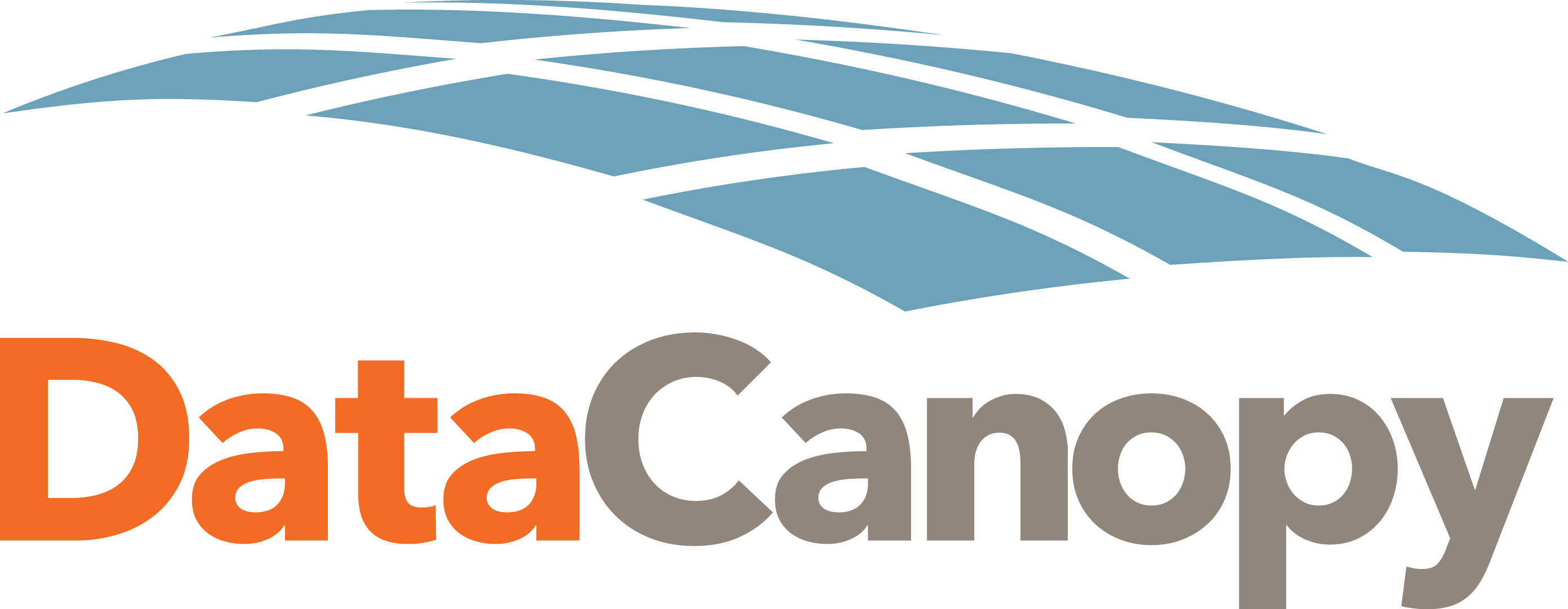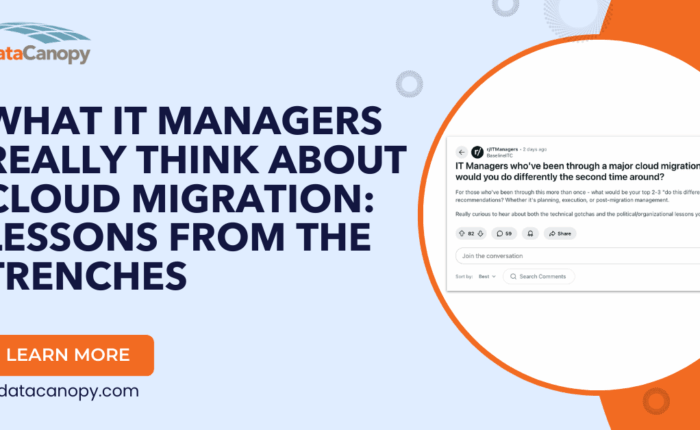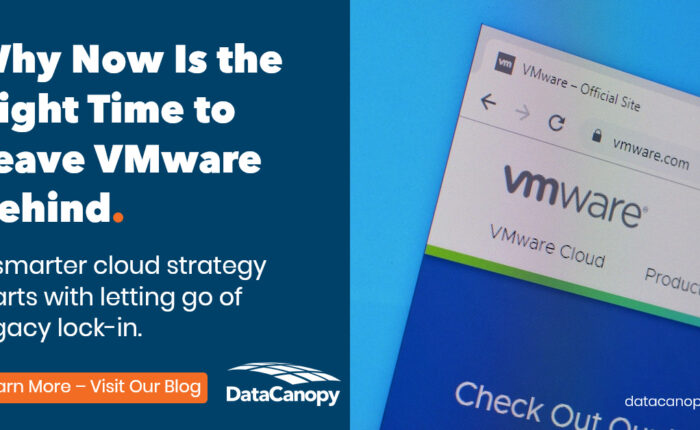 End of life planning is important because it serves as the technical team’s next three to five-year road map and there is typically no major deviation from that plan. This is very similar to how a baseball team has to build a team. They must pick and choose which free agents they sign and when they sign the contracts. Unlike baseball teams, IT shops cannot afford mistakes. Baseball teams can usually get rid of mistake signings, eat the contract, and sign someone else. IT shops typically don’t have the budget to say “Oops, this gear isn’t working for us. Let’s get some new equipment to replace it.”
End of life planning is important because it serves as the technical team’s next three to five-year road map and there is typically no major deviation from that plan. This is very similar to how a baseball team has to build a team. They must pick and choose which free agents they sign and when they sign the contracts. Unlike baseball teams, IT shops cannot afford mistakes. Baseball teams can usually get rid of mistake signings, eat the contract, and sign someone else. IT shops typically don’t have the budget to say “Oops, this gear isn’t working for us. Let’s get some new equipment to replace it.”
End of life planning is the methodology through which an IT organization identifies resources under its control and/or responsibility (servers, storage, networking, or any other hardware or software) that either do not meet company requirements any longer and/or is no longer supported by the vendor. The IT organization then identifies replacement solutions that meet current and, as much as possible, future requirements for company stakeholders. Finally, the IT organization has to develop a plan to migrate from the legacy resources to the new resources. The following four tips will help your organization implement a successful end of life plan:
1. Plan Early
Timing is important. Don’t wait until all the support contacts have expired. It’s never good to have to negotiate with new vendors under pressure, which could limit your negotiating power. Similar situation when it comes to buying a car. If you wait until your car is on its last legs and must buy something there is a good chance you may not get exactly what you want and if you do, you will certainly be paying more for it. For an IT shop if you give yourself the proper time you can probably purchase during vendors end of quarter or end of year where they will be very aggressive to sell to meet numbers.
The company’s direction, objectives and/or how they do business could have changed since the last time a refresh was done. More importantly it is a time to engage the stakeholders from other parts of the company to get their roadmaps for the next three to five years to align their requirements with the next generation of equipment.
2. Engage stakeholders company-wide
There are a number of factors involved with migrating from legacy equipment to new equipment. As mentioned above it typically requires a company-wide effort when it comes to planning. Planning is the key. IT shops need to engage all company stakeholders to understand their plans for the coming three to five years. IT must understand the applications being used company wide and anticipate from past metrics compute, storage and bandwidth growth. While everything anticipated does not need to be purchased upfront, it is important to look at solutions that scale to meet needs at the most cost-effective rate.
3. Develop a legacy-to-new roadmap.
Even after understanding your organization’s goals, the planning is not quite done. Once you have identified and procured the equipment you must figure out how to get from legacy to new. The applications identified in use may need to be upgraded, servers the applications run on may need to use a more current operating system. If running on physical servers, additional plans must be made to the get the server virtualized. Perhaps the organization does not have any virtualization in place yet. In which case an entire project should be developed and implemented BEFORE migrating off legacy resources.
IT managers must also identify if the current staff has the necessary expertise to deploy and manage new applications and operating systems. If not, does it make sense to train existing staff or bring in outside specialists for leading the migration and train staff post-migration? Once the necessary staff training or staff augmentation is secured, if necessary, the actual plans to migrate to the new resources must be developed and implemented.
4. Determine what to do with the legacy hardware.
Once the project is completed and all the end-users are happy, the IT organization must plan on what to do with the legacy hardware. A lot of the direction will depend on any regulatory compliance in regards to data destruction. Some mandate that all data storage devices must be destroyed. If the physical data storage devices do not need to be destroyed they should have their contents re-formatted in a way that commits all new data bits onto the storage. Once the data storage considerations have been met the legacy hardware can be sold to aftermarket shops if there is any value left on it. Alternatively, the IT shop can take to a local recycling location or hire a third party to remove. In some cases they will do for free knowing they will resell the legacy hardware.
End of life planning can seem like a daunting task without having a clear understanding of what it entails. If you plan early, engage stakeholders, develop a road map and determine what to do with the legacy hardware it can be a painless process. If you need additional help with your plan get in touch with one of our solution architects.



